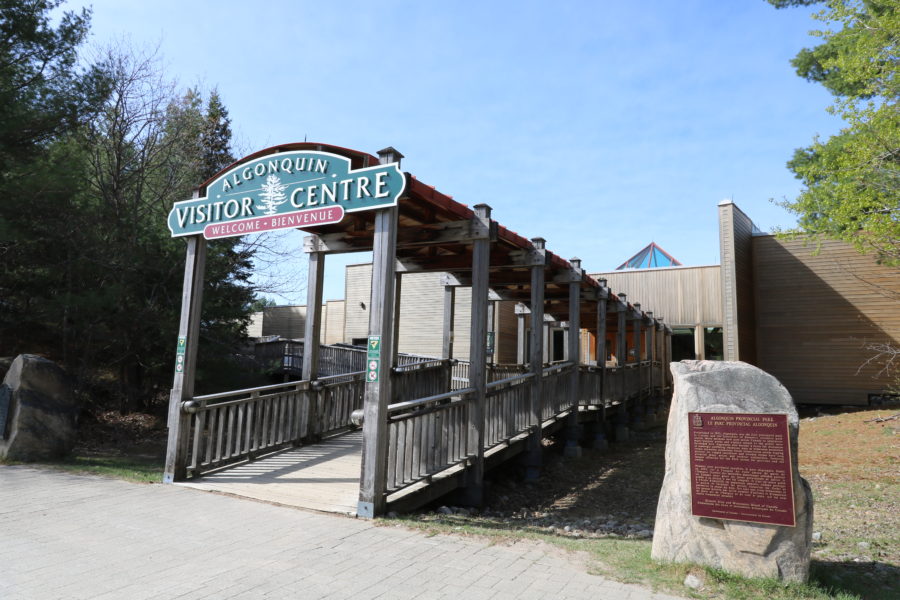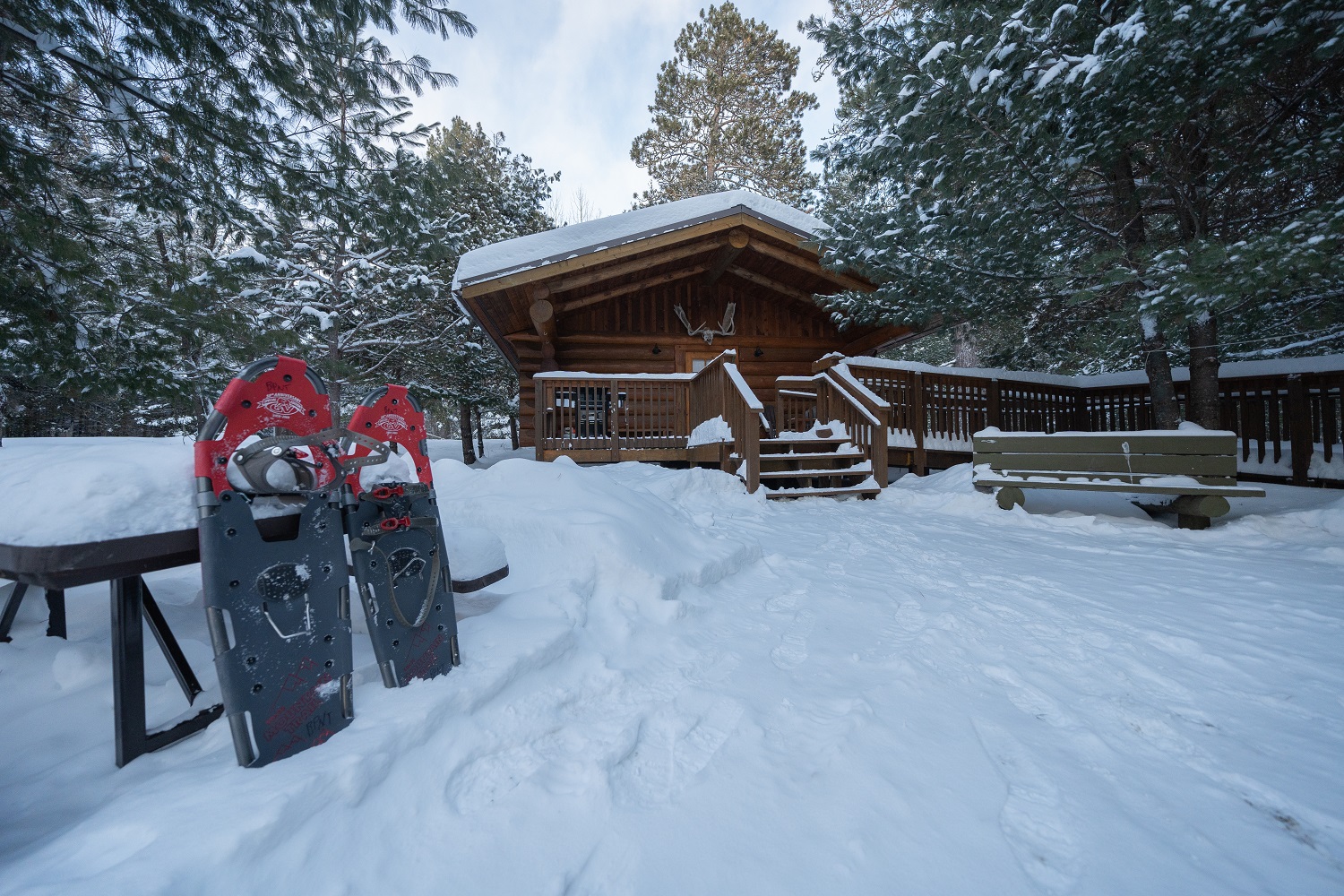“Through these interesting and enjoyable experiences which are both educational and recreational, interpretation contributes to the inspirational value of the outdoors and fosters an understanding, an appreciation, and an intelligent use of our parklands.”
– Alan Helmsley, Department of Lands & Forests, 1960
Ontario Parks’ nature programs are designed to help people discover and connect with the natural and cultural history of the park during their visit.
Algonquin Provincial Park was the first provincial park in Canada to have a nature program, developed and led by experts in natural history. It began as a trial in 1944 but was so popular with park visitors that it blossomed into a world renowned program, now offered in over 70 provincial parks.
The following timeline traces major milestones in the history of nature education in Ontario Parks:
1944 – Frank MacDougall, Deputy Minister of the Department of Lands and Forests, hired Professor Dymond (then Director of the Royal Ontario Museum of Zoology) as a seasonal park naturalist in Algonquin Provincial Park.
During this first summer, there were 15 guided hikes and five visits to children’s camps. A labelled trail was also created in the park.
1946 – Two students, Al Helmsley and Norm Martin, were hired to assist J.R. Dymond in the interpretive (nature) program at Algonquin.
1948 – The first (temporary) museum in Ontario Parks was established. A 14’ by 14’ marquee tent, provided by the Royal Ontario Museum, housed exhibits of birds and mammals, live reptiles and amphibians, and a collection of local conifer samples. The tent museum proved to be very popular.

1953 – The Algonquin Park Nature Museum was opened. Gerald Killan, author of Protected Places (1993) wrote, “The Algonquin Park Nature Museum was the centerpiece of what was considered the premier park interpretive program in Canada.”

1955 – By this time, two parks had full naturalist programs: Algonquin and Rondeau Provincial Park.
1956 – More than 127,000 people used interpretive services in provincial parks.

1957 – Grant Tayler became the first permanent staff biologist and naturalist for Algonquin Provincial Park.
1960 – Five parks had naturalist programs: Algonquin, Rondeau, Sibley (now Sleeping Giant Provincial Park), Quetico Provincial Park, and Presqu’ile Provincial Park. Naturalist programming included museums, labelled trails, guided hikes, and illustrated talks.

1962 – Naturalist programs were presented on the beach at Lake Superior Provincial Park at the Agawa Bay campgrounds. The benches were driftwood logs and the screen was a large sheet laced between wooden poles. Power for the projector came from the park office and ran overhead through the trees.
1963 – Algonquin Provincial Park’s first public wolf howl was held.

1964 – More than 531,000 people used interpretive services; an increase of over 400% since 1956.
1973 – The park interpretive program became the “Visitor Services Program.”

1993 – Over 2.2 million people took part in programs, hiked trails, and enjoyed Visitor Centres. Algonquin Provincial Park’s current Visitor Centre was opened for the 100th Anniversary of the park. The Visitor Centre highlights the natural and cultural history of the park.

1994 – 44 provincial parks were offering interpretive programs to park visitors. This year marked 50 years of natural heritage interpretation in Ontario Parks.
1995 – The program was renamed “Natural Heritage Education.”

2011 – A Learn to Camp program was established to help people discover the joy of camping in a safe and fun environment.

2015 – Ontario Parks launches a Healthy Parks Healthy People initiative to promote the link between a healthy environment and healthy society.
2017 – Close to three million people engaged in Natural Heritage Education staff-led and self-use programs and services.

2018 – Today, 72 parks across the province offer interpretive programming. Sixty-three parks have a Visitor Centre, activity centre, or museum. Ontario Parks is celebrating its 125th anniversary with special programming and events.
Discover parks today
With so many of our parks offering naturalist programs, there are plenty of opportunities to discover what makes each park unique.
Ontario Parks naturalists and guides provide enjoyable and memorable experiences for visitors who want to explore the natural and cultural wonders of our provincial parks.
Come and join us! A listing of events in provincial parks can be found here.


